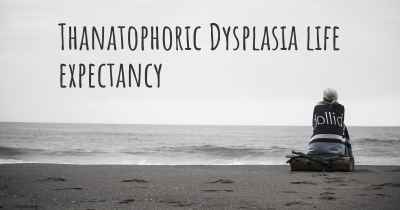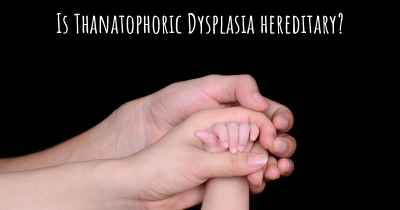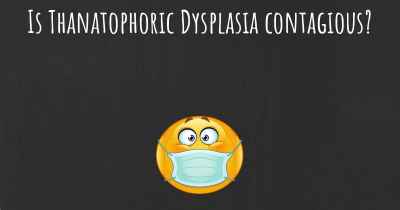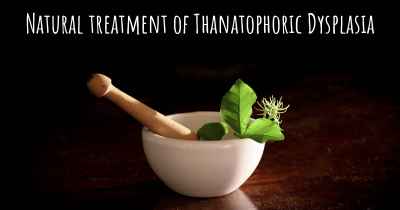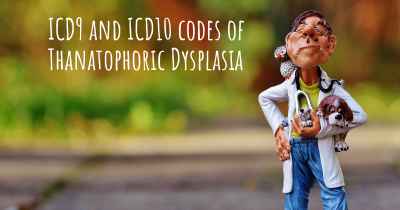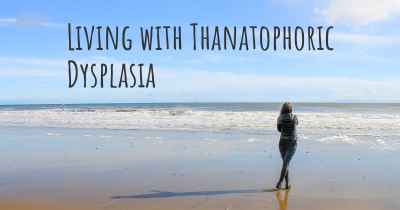What are the best treatments for Thanatophoric Dysplasia?
See the best treatments for Thanatophoric Dysplasia here
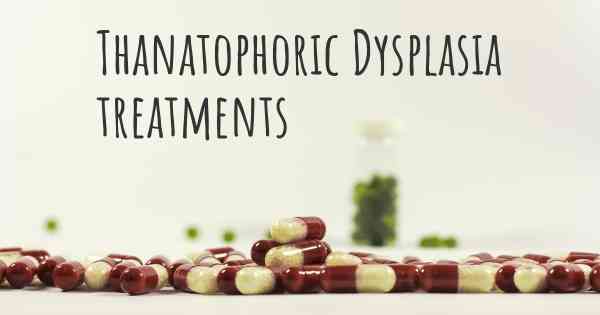
Thanatophoric Dysplasia (TD) is a rare genetic disorder characterized by severe skeletal abnormalities and is usually diagnosed during pregnancy or shortly after birth. Unfortunately, there is currently no cure for TD, and treatment mainly focuses on managing the symptoms and providing supportive care to improve the quality of life for affected individuals.
1. Respiratory Support: Infants with TD often have respiratory difficulties due to the underdeveloped rib cage and narrow chest. Providing respiratory support is crucial to ensure adequate oxygenation. This may involve the use of mechanical ventilation or continuous positive airway pressure (CPAP) to assist with breathing.
2. Orthopedic Interventions: The skeletal abnormalities in TD can cause significant physical limitations and discomfort. Orthopedic interventions may be necessary to address these issues. This can include the use of braces, splints, or casts to support the limbs and improve mobility. In some cases, surgical interventions such as limb lengthening or spinal fusion may be considered to correct severe deformities.
3. Nutritional Support: Infants with TD may have difficulty feeding due to their skeletal abnormalities and respiratory issues. Nutritional support, such as specialized feeding techniques or the use of feeding tubes, may be required to ensure adequate nutrition and growth.
4. Monitoring and Management of Complications: Individuals with TD are at an increased risk of developing various complications. Regular monitoring and management of these complications are essential to optimize their health. Some common complications include hydrocephalus (excessive fluid in the brain), recurrent ear infections, and respiratory infections. Prompt treatment of these conditions can help prevent further complications and improve overall well-being.
5. Palliative Care: Given the severe nature of TD and the limited treatment options available, palliative care plays a crucial role in managing the physical and emotional needs of affected individuals and their families. Palliative care focuses on providing comfort, pain management, and emotional support to enhance the quality of life for both the patient and their loved ones.
6. Genetic Counseling: Genetic counseling is an important aspect of managing TD. It involves providing information and support to individuals and families affected by TD, including discussing the inheritance pattern, recurrence risks, and available reproductive options. Genetic counseling can help individuals make informed decisions regarding family planning and provide emotional support during the process.
7. Research and Clinical Trials: While there is currently no cure for TD, ongoing research and clinical trials are exploring potential treatment options. These studies aim to understand the underlying mechanisms of TD and develop targeted therapies. Participation in clinical trials may provide access to experimental treatments and contribute to advancing medical knowledge in the field.
It is important to note that the treatment approach for TD may vary depending on the specific needs and circumstances of each individual. Therefore, a multidisciplinary team of healthcare professionals, including geneticists, pediatricians, orthopedic surgeons, and palliative care specialists, is typically involved in the management of TD to provide comprehensive and individualized care.
